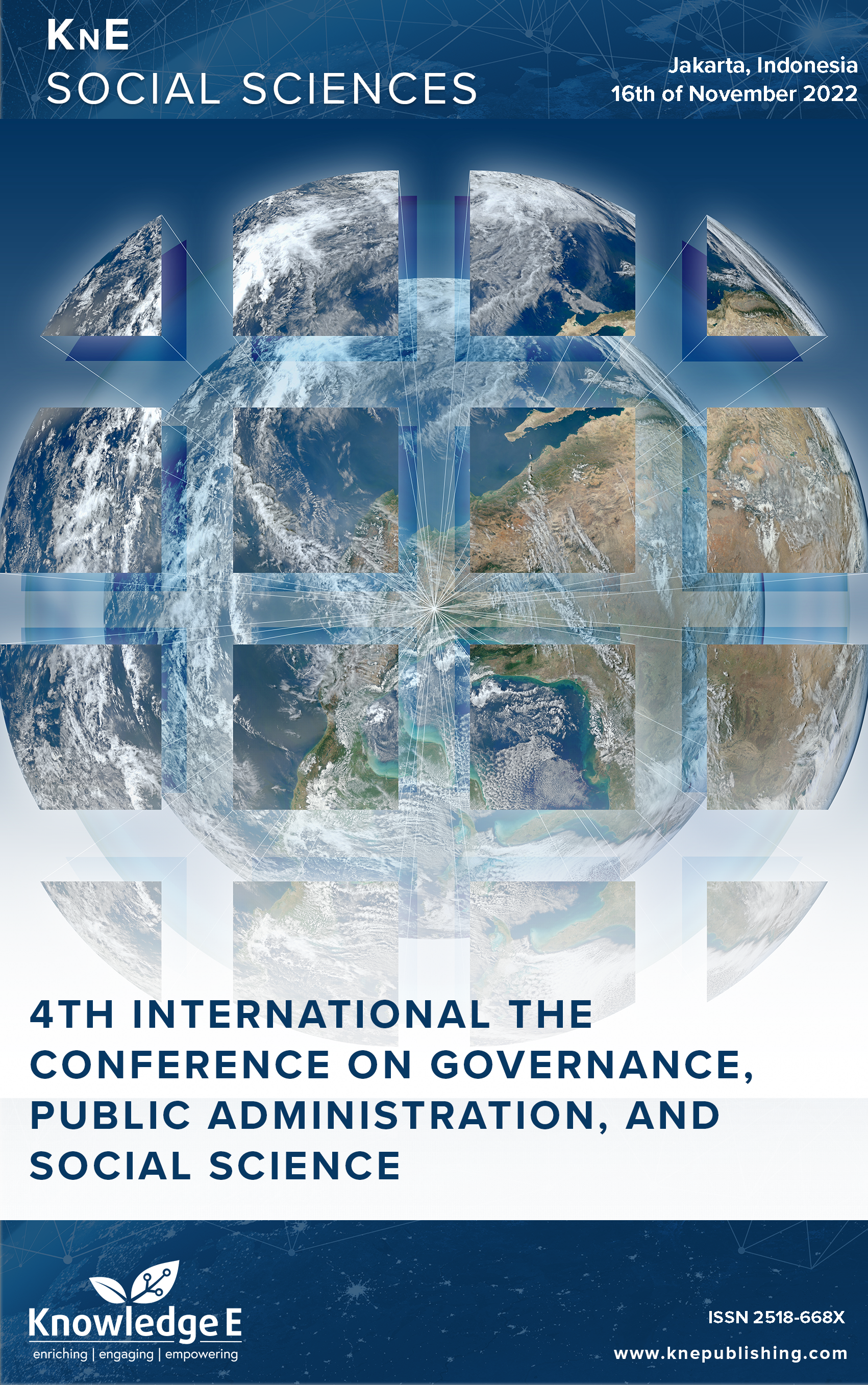Evaluation of Training Program for the Taskforce of Sexual Violence Prevention and Handling in Higher Education with Context, Input, Process, and Product (CIPP) Model
DOI:
https://doi.org/10.18502/kss.v8i11.13541Abstract
Based on several studies, sexual violence in higher education institutions remains a critical issue. To overcome this, the government enacts Regulation Number 30 of the Minister of Education, Culture, Research, and Technology for the year 2021 on Sexual Violence Prevention and Handling in Higher Education. This regulation obliges universities in Indonesia to form a Task Force, the so-called Satuan Tugas PPKS or PPKS Task Force. This regulation stipulates that each member of the task force attend training organized by the Ministry of Education, Culture, Research, and Technology (MoECRT). This study aims to evaluate the PPKS Task Force training program organized by MoECRT. The evaluation of the PPKS task force training was carried out using the CIPP (context, input, process, and product) learning program evaluation. This study uses a quantitative approach and data were collected through questionnaires involving training participants as the respondents. According to the data response in all components of the training (i.e., context, input, process, and product), lecturers were more optimistic that the knowledge and skills gained through this training can be used as initial knowledge on the prevention and handling of sexual violence than students and the education staff. Based on the research findings, the following suggestions were developed for the implementation of the task force training program in the future: (1) the advanced training curriculum in the future needs to pay attention to differences in ability or understanding between lecturers, students, and education staff, and (2) there is a need for further in-depth research to map the training needs for more advanced knowledge about the prevention and handling of sexual violence for each element of the task force (lecturers, students, and education staff).
Keywords: policy evaluation, sexual violence, higher education policy, CIPP, task force, training program
References
[2] Thompson GN, Estabrooks CA, Degner LF. Clarifying the concepts in knowledge transfer: a literature review. J Adv Nurs. 2006 Mar;53(6):691–701.
[3] Nikmatullah N. Demi Nama Baik Kampus VS Perlindungan Korban: Kasus Kekerasan Seksual di Kampus. QAWWAM. 2020;14(2):37–53.
[4] Clair RP. The bureaucratization, commodification, and privatization of sexual harassment through institutional discourse: A study of the Big Ten universities. Manage Commun Q. 1993;7(2):123–157.
[5] Page T, Bull A, Chapman E. Making power visible: “Slow activism” to address staff sexual misconduct in higher education. Violence Against Women. 2019 Sep;25(11):1309–1330.
[6] Mabachi NM, Quiason M, Doan AE, Carlson J. Developing an effective campus sexual assault prevention task force: lessons learned from multiple Midwestern universities. Health Educ Behav. 2020 Jun;47(1_suppl suppl):17S–25S.
[7] Stufflebeam TK. International handbook of educational evaluation. Taylor & Francis US; 2003.
[8] Stufflebeam DL. The CIPP model for program evaluation. Evaluation models. Dordrecht: Springer; 1983. pp. 117–141.
[9] Stufflebeam DL. The CIPP model for evaluation. Evaluation models. Dordrecht: Springer; 2000. pp. 279–317.
[10] Aziz S, Mahmood M, Rehman Z. Implementation of CIPP Model for quality evaluation at school level: A case study. J Educ Educ Dev. 2018;5(1):189–206.
[11] Kraiger K, Passmore J, dos Santos NR, Malvezzi S. The Wiley Blackwell handbook of the psychology of training, development, and performance improvement. John Wiley & Sons; 2020.
[12] Hakan K, Seval F. Evaluation of English curriculum at Yildiz Technical University using CIPP model. Egitim ve Bilim. 2009;34(153):47.
[13] Hakan K, Seval F. CIPP evaluation model scale: Development, reliability and validity. Procedia Soc Behav Sci. 2011;15:592–599.
[14] Hakan, Kemp SE, Ng M, Hollowood T, Hort J. Introduction to descriptive analysis. Descriptive analysis in sensory evaluation. 2018;1.

